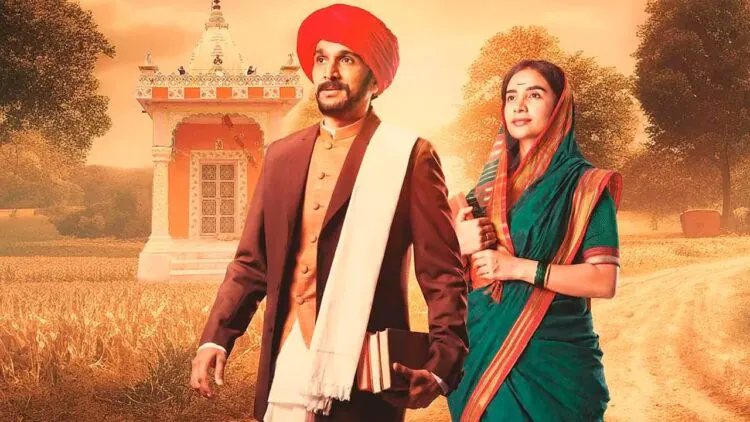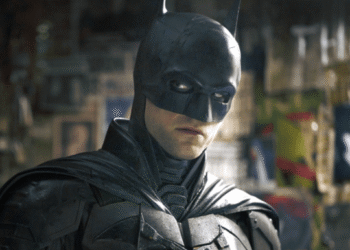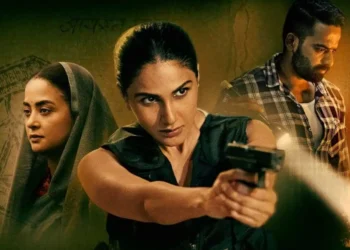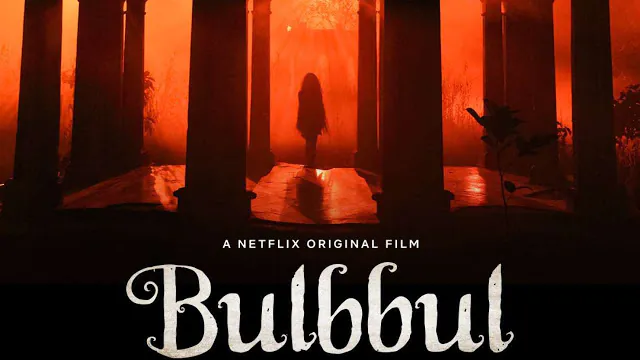The film Phule is a sincere and quietly powerful portrayal of the pioneering social reform work of Jyotiba Phule and his wife, Savitribai Phule, during the British rule in India. With a runtime of just over two hours, the movie effectively captures the personal and social circumstances that drove the couple to challenge the deeply entrenched caste hierarchies of their time.
Story
The story begins in 1897 with the bubonic plague ravaging Pune and then shifts to a flashback, showcasing the early days of Jyotiba and Savitribai’s marriage. The couple is moved by the disdain and discrimination faced by lower-caste communities and commits to educating the oppressed, particularly girls. Despite facing intense backlash from society and even Jyotiba’s own father, the couple perseveres and continues their mission. They expand their efforts to include widow rehabilitation, which draws further ire from upper-class Brahmins.
Performances
The film is anchored by committed performances from Pratik Gandhi and Patralekhaa, who bring to life the story of Jyotiba and Savitribai Phule. Ananth Narayan Mahadevan’s understated direction steers the narrative with a measured yet impactful tone. The movie unflinchingly points to the upper-caste Brahmins as the central perpetrators of systemic oppression in Indian society.
The performances anchor the film beautifully, with Pratik Gandhi and Patralekhaa delivering understated yet powerful portrayals. Patralekhaa shines as Savitribai, bringing both grace and grit to the role.
Behind the scenes
The film’s commitment to realism and restraint is what truly elevates it. Avoiding melodrama, the movie opts for a grounded and sincere tone throughout. The world of 19th-century Maharashtra is meticulously captured, lending authenticity to every frame. The camera work and production design immerse the viewer in a time of deep-rooted societal divisions. The script stays focused on Jyotiba and Savitribai’s journey, highlighting key moments in their social reform work.
Final Verdict
The film offers a sharp and unapologetic critique of the caste system, refusing to soften its message. In doing so, it becomes both a tribute to the couple’s work and a bold statement on historical injustice.
Several scenes stay with the viewer long after the film ends, including a stark metaphor for caste discrimination and a poignant moment where Savitribai insists on lighting her husband’s pyre herself. However, the film isn’t without its flaws. The pacing dips in the middle, and a flashback-heavy song sequence feels unnecessary. The movie also fails to mention the significant event of the Indian Rebellion of 1857.
Despite its minor missteps, Phule stands tall as a film that brings much-needed attention to a couple whose efforts laid the foundation for modern social reform in India. It’s not a loud or flashy film, but it carries a quiet urgency and relevance that resonates today. Phule is important viewing—an honest and dignified tribute to two of India’s most courageous visionaries.
The film also features Joy Sengupta, Akshaya Gurav, and Vinay Pathak in key roles. Ananth Narayan Mahadevan directs the film with a nuanced and sensitive touch which is now showing in theatres worldwide.






















